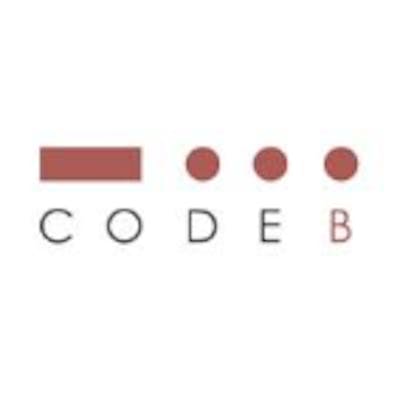Angular Design Systems and the Component Libraries to Elevate your Projects
Angular, a TypeScript-based open-source framework developed and maintained by Google. A design system acts as a repository of guidelines, principles, and reusable components, ensuring consistent design and functionality across applications or product ranges. It serves as a centralized source of truth for design elements, guaranteeing a unified and seamless user experience.
Crafting an Angular design system yields numerous advantages, including:
Enhancing Consistency: Maintaining uniformity in design and behavior throughout the application.
Boosting Efficiency: Accelerating development through pre-built, reusable components.
Encouraging Collaboration: Facilitating collaboration among designers and developers by providing a shared set of design assets and guidelines.
A component library comprises pre-designed and pre-coded UI elements and functionalities seamlessly integrated into applications. Leveraging a component library in Angular expedites development and upholds design consistency.
A top-notch Angular component library exhibits the following attributes:
Modularity: Ensuring components are self-contained and easily reusable.
Customizability: Allowing for straightforward customization to meet diverse project requirements.
Documentation: Providing comprehensive documentation for simplified developer usage.
Active Community: Enjoy robust community support for regular updates, bug fixes, and help from the forums.
7 Best Angular Component Libraries that Will Boost Your Angular Projects
Clarity Design System
Clarity stands out as a magical box filled with sleek and smart components tailored for Angular. It's akin to a treasure trove offering polished elements that not only look good but also ensure a clean and user-friendly experience in your projects.
Onsen UI
Onsen UI serves as a treasure trove of components crafted for building mobile-centric applications using Angular. With a focus on mobile design and functionality, Onsen UI simplifies the process of creating sleek and user-friendly mobile interfaces in Angular projects.
Kendo UI
Kendo UI represents a vast collection of powerful tools for creating exceptional websites or apps with Angular. Think of it as a treasure chest filled with charts, grids, buttons, and more – all customizable to meet your project's unique requirements.
Angular Material
Angular Material serves as a vast collection of ready-to-use building blocks, streamlining website and app development in Angular. Imagine a treasure chest filled with stylish buttons, forms, menus, and more – all effortlessly integrated into your projects without the need for extensive coding.
PrimeNG
PrimeNG unfolds as a diverse box of ready-to-use components for Angular, offering a wide array of elements such as buttons, forms, and menus. Its responsive design ensures these components seamlessly adapt to various devices, enhancing the overall visual appeal.
Ignite UI
Ignite UI represents a comprehensive collection of powerful tools tailored for Angular, with a focus on high-performance components. Ideal for projects handling complex information, Ignite UI ensures interactive and dynamic user interfaces, enhancing the overall user experience.
Nebular
Nebular stands out as an open-source Angular UI kit with over 40 components and four themes, designed for visually appealing and adaptive designs. Offering flexibility in design through custom CSS properties mode, Nebular elevates the user experience and interface interactions.
In the realm of Angular development, design systems, and component libraries play a crucial role in expediting development, ensuring consistency, and delivering exceptional user experiences. By leveraging these resources, developers can navigate the intricacies of application development while maintaining a cohesive and visually appealing end product. Find a more detailed piece on this topic here.
